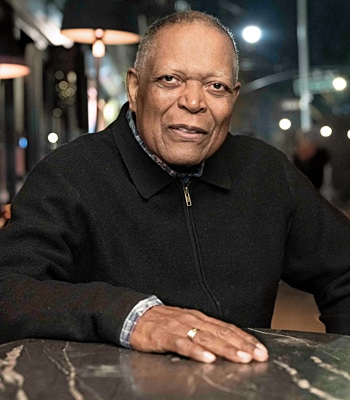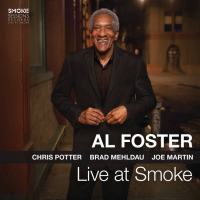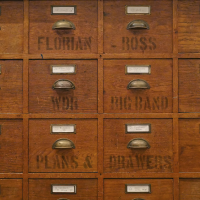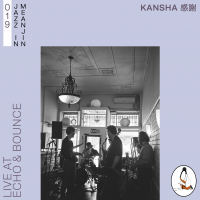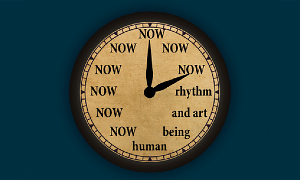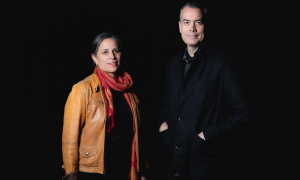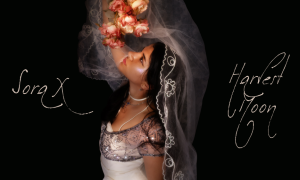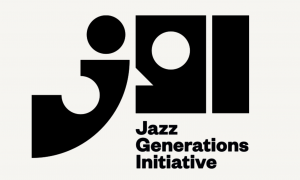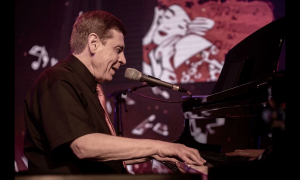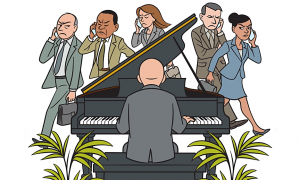Willy DeVille is all but forgotten today. Back in 1974, the singer- songwriter founded Mink DeVille, a punk-art band that recorded six albums between 1977 and 1985, all of them excellent. He recorded additional albums as Willy DeVille from 1987 until 2005. As I write in my Wall Street Journal review today (go here) of a new CD compilation due next Tuesday, DeVille was hardly your average CBGB tramp-stamped head-banger.
DeVille was unlike any other artist from the period. And yet he was an amalgamation of almost everyone who was someone. Put in perspective, the late DeVille was one of the most sophisticated and influential singer-songwriters in the years between disco and the British pop invasion of the early '80s. You can hear and see his influence in Culture Club, Human League and Tears for Fears.
Of course, Elvis Costello and David Byrne of the Talking Heads were hardly shrinking songwriter violets. But Costello was more of a limber traditionalist and Byrne a techno-futurist. DeVille, by contrast, was steeped in rock, R&B and soul of the late 1950s and early 1960s. More important, he had one of the great voices of the period, blending the styles of Bruce Springsteen, Van Morrison, Frank Zappa, Ben E. King, Eric Burdon and Joe Cocker.
DeVille's arrangements were equally fascinating, mashing motifs from that could include the Drifters, the Ronettes, the Temptations, Bob Dylan and Fats Domino. To the sophisticated listener, DeVille's music provides a field day of references, musical equivalents of those complex children's drawings in which images of axes, hats and dogs are hidden in the scenery.
DeVille also adapted three different stage personae over the years. Early on, he had the look of a flophouse manager, complete with pompadour and pencil-thin moustache. Next came the long-haired, vest-clad plantation owner. And finally, there was a Southwest, Zorro-pirate thing. But none of this was play-acting like many acts of the period. DeVille was really into it.
DeVille died of pancreatic cancer in 2009. A long-time heroin user, DeVille was a fascinating figure who never sold out and never gained traction in the States. But he was a subversive sensation in Europe and a fascinating rock figure. Perhaps his greatest claim to fame was writing and recording Storybook Love, the theme to The Princess Bride. His song was nominated for an Academy Award in 1987.
Strangely, DeVille's music remains ahead of its time today. In retrospect, this guy was one cool cad.
JazzWax tracks: Come a Little Bit Closer: The Best of Willy DeVille Live, compiled from performances between 1977 and 2005, will be available next Tuesday at iTunes and here.
All six of Mink DeVille's album are fabulous. They are Mink Deville (1977), Return to Magenta (1978), Le Chat Bleu (1980), Coup de Grace (1981), Where Angels Fear to Tread (1983 and Sportin' Life (1985). And, of course, Willy DeVille's Miracle (1987) is a must.
JazzWax clips: Here's Willy DeVille performing Slow Drain, one of my favorites, in 1981 on German television.
Here's Venus of Avenue D, performed in New York in 1980...
Here's Storybook Love...
And here's Mixed Up, Shook Up Girl from 1978...
DeVille was unlike any other artist from the period. And yet he was an amalgamation of almost everyone who was someone. Put in perspective, the late DeVille was one of the most sophisticated and influential singer-songwriters in the years between disco and the British pop invasion of the early '80s. You can hear and see his influence in Culture Club, Human League and Tears for Fears.
Of course, Elvis Costello and David Byrne of the Talking Heads were hardly shrinking songwriter violets. But Costello was more of a limber traditionalist and Byrne a techno-futurist. DeVille, by contrast, was steeped in rock, R&B and soul of the late 1950s and early 1960s. More important, he had one of the great voices of the period, blending the styles of Bruce Springsteen, Van Morrison, Frank Zappa, Ben E. King, Eric Burdon and Joe Cocker.
DeVille's arrangements were equally fascinating, mashing motifs from that could include the Drifters, the Ronettes, the Temptations, Bob Dylan and Fats Domino. To the sophisticated listener, DeVille's music provides a field day of references, musical equivalents of those complex children's drawings in which images of axes, hats and dogs are hidden in the scenery.
DeVille also adapted three different stage personae over the years. Early on, he had the look of a flophouse manager, complete with pompadour and pencil-thin moustache. Next came the long-haired, vest-clad plantation owner. And finally, there was a Southwest, Zorro-pirate thing. But none of this was play-acting like many acts of the period. DeVille was really into it.
DeVille died of pancreatic cancer in 2009. A long-time heroin user, DeVille was a fascinating figure who never sold out and never gained traction in the States. But he was a subversive sensation in Europe and a fascinating rock figure. Perhaps his greatest claim to fame was writing and recording Storybook Love, the theme to The Princess Bride. His song was nominated for an Academy Award in 1987.
Strangely, DeVille's music remains ahead of its time today. In retrospect, this guy was one cool cad.
JazzWax tracks: Come a Little Bit Closer: The Best of Willy DeVille Live, compiled from performances between 1977 and 2005, will be available next Tuesday at iTunes and here.
All six of Mink DeVille's album are fabulous. They are Mink Deville (1977), Return to Magenta (1978), Le Chat Bleu (1980), Coup de Grace (1981), Where Angels Fear to Tread (1983 and Sportin' Life (1985). And, of course, Willy DeVille's Miracle (1987) is a must.
JazzWax clips: Here's Willy DeVille performing Slow Drain, one of my favorites, in 1981 on German television.
Here's Venus of Avenue D, performed in New York in 1980...
Here's Storybook Love...
And here's Mixed Up, Shook Up Girl from 1978...
This story appears courtesy of JazzWax by Marc Myers.
Copyright © 2025. All rights reserved.


